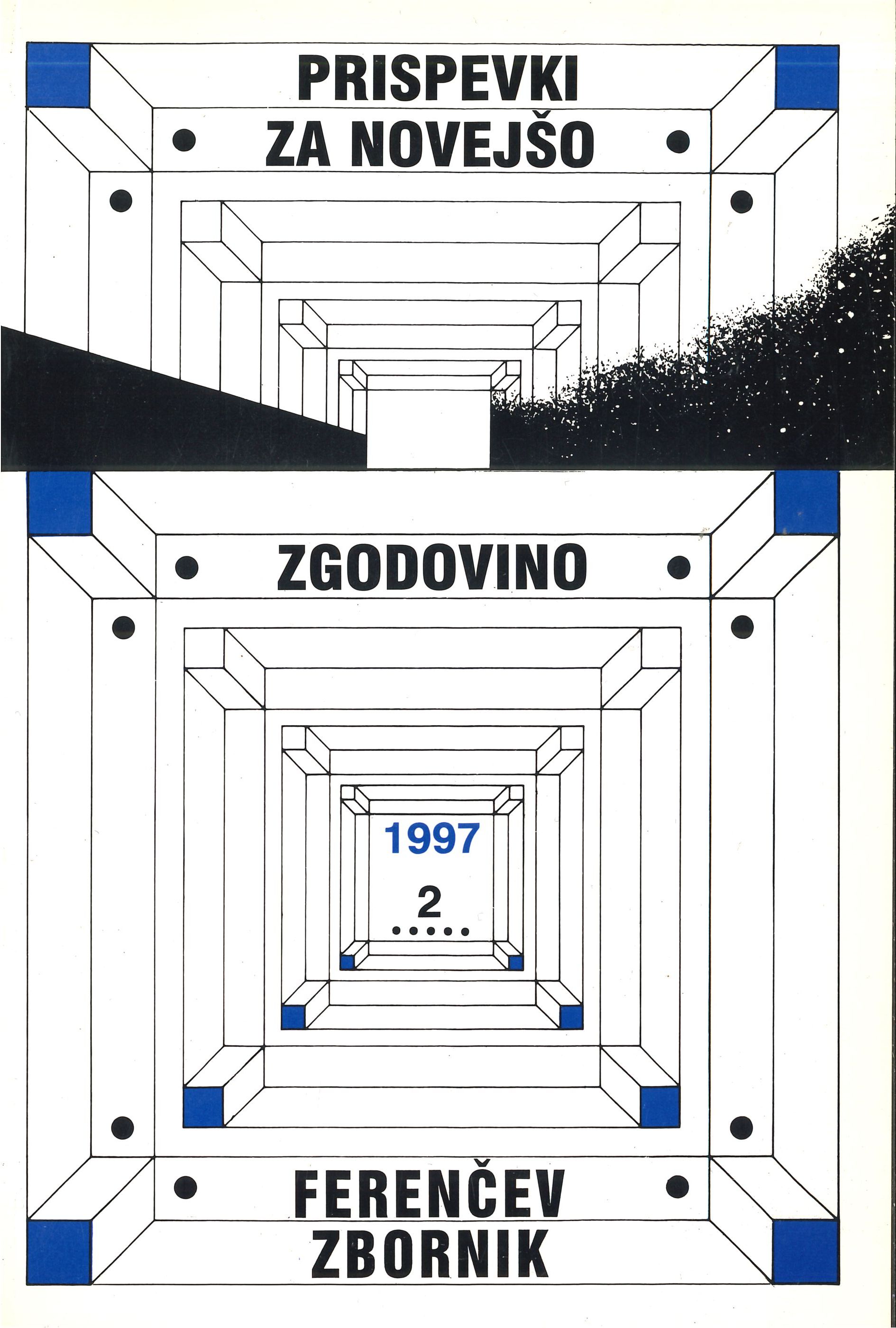Baltic States during the Second World War and their Comparison with Slovenia
Keywords:
baltiške države, druga svetovna vojnaAbstract
The author compares the situation in the Baltic states with that in Slovenia during the Second World War when all were occupied by Germany. His conclusion is that the final objective of the German occupier was essentially the same in each country: the extermination and deportation of the majority of population or the Germanization of those fortunate enough to pass the racial tests. In the case of the Baltic peoples, such an objective was to be achieved in the long-term, whereas in Slovenia, it was supposed to be more immediate. This policy was reflected in the different types of occupation and measures applied by the Germans in the respective countries. The German occupation in the Baltic states resembled more that of Italians than that it applied in Slovenia. The main difference between Slovenia and the Baltic states was that, in the former, the resistance movement was strong, well-organized and military active, whereas in the latter, this was limited to mere political and propagandist activity.
Downloads
Published
Issue
Section
License
Authors who publish with this journal agree to the following terms:
- Authors retain copyright and grant the journal right of first publication with the work simultaneously licensed under a Creative Commons Attribution License that allows others to share the work with an acknowledgement of the work's authorship and initial publication in this journal.
- Authors are able to enter into separate, additional contractual arrangements for the non-exclusive distribution of the journal's published version of the work (e.g., post it to an institutional repository or publish it in a book), with an acknowledgement of its initial publication in this journal.
- Authors are permitted and encouraged to post their work online (e.g., in institutional repositories or on their website) prior to and during the submission process, as it can lead to productive exchanges, as well as earlier and greater citation of published work (See The Effect of Open Access).


